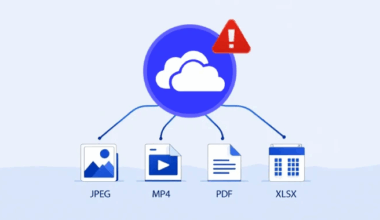PowerShell and Select-Object, a powerful combination. The following section covers Filtering techniques Select-Object.
PowerShell is a versatile and powerful scripting language that helps system administrators and developers automate tasks and manage systems. One of the most useful cmdlets in PowerShell is Select-Object. This cmdlet allows you to select and manipulate specific properties of objects, making it an essential tool for filtering and formatting data.
What is Select-Object?
Select-Object is a cmdlet used to select a subset of properties from an object. This is especially helpful when working with complex objects and you only want to display or process certain information. With Select-Object, you can also add calculated properties, giving you even more flexibility when working with data. In this way, you can apply filtering techniques using Select-Object.
Basic Use of Select-Object as filtering techniques
Let’s start with a simple example. Suppose you want to view a list of processes on your system, but you’re only interested in the name and process ID (PID) of each process. You can use Select-Object to select just those properties:
Get-Process | Select-Object -Property Name, IdThis command retrieves all processes and selects only the Name and Id properties to display.
Advanced Usage: Calculated Properties
One of the most powerful features of Select-Object is its ability to add calculated properties. This allows you to create new properties based on existing data. For example, suppose you want to display the process name along with the amount of memory it uses in megabytes:
Get-Process | Select-Object -Property Name, @{Name='MemoryMB'; Expression={[math]::Round($_.WorkingSet / 1MB, 2)}}In this example, we use a hash table to define a new property called MemoryMB. The Expression key contains a script block that divides the value of the WorkingSet property by 1MB and rounds the result to two decimal places.
Filtering Data Using Select-Object
You can also use Select-Object to limit the number of objects selected. For example, if you only want to display the first five processes:
Get-Process | Select-Object -First 5This command retrieves the first five processes and ignores the rest.
Selecting Unique Objects
Sometimes you only want unique objects in your results. Select-Object has a -Unique parameter that helps with this. For example, suppose you have a list of files and you want to display only the unique file extensions:
Get-ChildItem | Select-Object -Property Extension -UniqueThis command retrieves all files and selects only the unique file extensions.
Conclusion
Select-Object is a versatile and powerful cmdlet in PowerShell that helps you filter, format, and manipulate data. Whether you are working with simple lists or complex objects, Select-Object provides the flexibility you need to perform your tasks efficiently. By understanding both the basic and advanced features of Select-Object, you can take your PowerShell scripts to the next level.
More information about PowerShell can be found here. More information about the author of this blog post can be found here.






